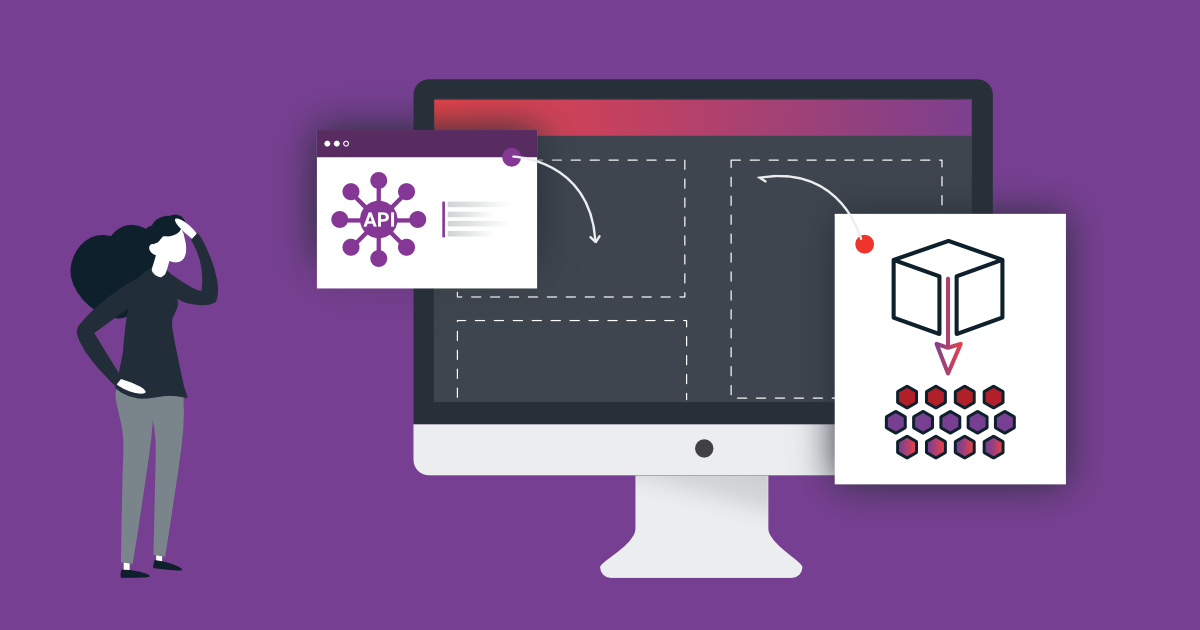APIs need to be tested to ensure that they function as intended and meet the requirements of the applications that use them. API testing helps to identify issues before they reach production and can save time and resources by catching errors early in the development process. The purpose of this post is to provide tips on creating and maintaining an effective API testing strategy.
Understanding API testing
API testing is a critical component of modern software development. It is the process of testing Application Programming Interfaces (APIs) to ensure they function as intended and meet the requirements of the applications that use them. Here are some key points to consider when it comes to API testing:
The importance of API testing
API testing is important because it helps to identify issues before they reach production. Catching errors early in the development process can save time and resources. Additionally, APIs are often used to connect different systems and enable the exchange of data. It's crucial to ensure that they function properly to avoid issues down the line.
Types of tests for APIs
- Functional testing:
This involves testing the functionality of the API to ensure that it meets the requirements and specifications. - Load testing:
This involves testing the API's ability to handle a high volume of requests and users. - Security testing:
This involves testing the API's security to ensure that it is protected against potential threats such as hacking or data breaches. - Performance testing:
This involves testing the API's performance to ensure that it is responsive and performs well under different conditions.
Manual vs. automated API testing
Manual API testing involves using a human tester to manually run tests on the API. This can be time-consuming and prone to errors. Automated API testing, on the other hand, involves using software tools to run tests on the API automatically. This can save time and resources and is more reliable than manual testing.
Creating an API testing strategy
Creating an effective API testing strategy is crucial to ensure the quality of the API and the applications that use it. Here are some key points to consider when creating an API testing strategy:
The importance of having a clear testing strategy
Having a clear testing strategy is important because it helps to ensure that all aspects of the API are thoroughly tested. It can also help to identify potential issues before they become problems, saving time and resources in the long run.
4 Steps for creating an API testing strategy
- Identify testing goals:
Determine the purpose of the API and the goals you want to achieve through testing. - Select testing tools:
Choose the tools that will best suit your testing needs. There are many testing tools available, such as Postman, SoapUI, and JMeter. - Define test scenarios:
Create test scenarios that will thoroughly test the functionality of the API. Test scenarios should cover all possible use cases and edge cases. - Determine the appropriate level of testing:
Decide which types of testing (unit, integration, end-to-end) are appropriate for your API.
3 tips for determining the appropriate level of testing
- Unit testing:
This involves testing individual components of the API in isolation. It's a good idea to perform unit testing for complex APIs with many components. - Integration testing:
This involves testing the interactions between the different components of the API. Integration testing is appropriate for APIs with multiple components. - End-to-end testing:
This involves testing the entire system, including the API and any applications that use it. End-to-end testing is appropriate for APIs that are critical to the functioning of the application.
By following these steps and tips, you can create a comprehensive API testing strategy that ensures the quality of your API and the applications that use it.
Implementing an API Testing Strategy
Implementing an API testing strategy is essential to ensure the quality and functionality of the API. Here are some key points to consider when implementing your API testing strategy
How to implement your testing strategy
To implement your API testing strategy, you need to prioritize testing by ensuring it's integrated into the development process. You should also set up a testing environment that's separate from the production environment to avoid potential issues. Establishing test data that's separate from the production data is crucial to ensure that testing doesn't affect the production environment and that test results are accurate. To automate your API tests, choose the right tools that are appropriate for your testing needs, write effective test scripts, use continuous integration, and use version control to manage your test scripts effectively. By implementing these steps, you can effectively test your API and ensure that it's functional and of high quality.
4 Tips on how to automate your API tests
By following these steps and tips, you can effectively implement your API testing strategy and ensure that your API is functional and of high quality.
- Choose the right tools:
Again, choose tools that are appropriate for your testing needs. There are many testing tools available, such as Postman, SoapUI, and JMeter. - Write effective test scripts:
Write test scripts that are effective and cover all possible scenarios. - Use continuous integration:
Use continuous integration to automate the testing process and ensure that tests are run automatically after each change to the code. - Use version control:
Use version control to manage your test scripts and ensure that changes are tracked and managed effectively.
Maintaining an API Testing Strategy
Maintaining an API testing strategy is crucial to ensure that the API remains functional and of high quality over time. Here are some key points to consider when maintaining your API testing strategy:
The importance of ongoing testing
Ongoing testing is essential to ensure that the API remains functional and that any issues are identified and addressed promptly. Regular testing helps to prevent issues from becoming problems and ensures that the API continues to meet the needs of its users.
How to monitor and analyze test results
To monitor and analyze test results, you should establish clear metrics for success and failure. You should also use tools to track and analyze test results, such as logs and dashboards. Analyzing test results helps to identify areas where improvements can be made and ensures that the API is meeting the needs of its users.
3 Tips on how to make changes to your testing strategy as needed
- Regularly review your testing strategy:
Regularly review your testing strategy to ensure that it's still relevant and effective. - Consider feedback from users:
Consider feedback from users when making changes to your testing strategy. This can help to identify areas where improvements can be made. - Continuously improve your testing processes:
Continuously improve your testing processes by incorporating new tools and technologies as needed. This can help to ensure that your testing strategy remains effective over time.
By following these steps and tips, you can effectively maintain your API testing strategy and ensure that your API remains functional and of high quality over time.
How a comprehensive API testing strategy ensures quality and functionality
Having a comprehensive and effective API testing strategy is essential to ensure the quality and functionality of your API. API testing helps to identify any issues and ensure that the API meets the needs of its users. By understanding the importance of API testing, creating an API testing strategy, implementing it effectively, and maintaining it over time, you can ensure that your API remains functional and of high quality. Remember to prioritize testing, set up a separate testing environment, establish test data, and use the right tools to automate your tests. Ongoing testing, monitoring and analyzing test results, and making changes to your testing strategy as needed are also crucial to maintaining the quality and functionality of your API. By following these steps and tips, you can ensure that your API remains a valuable tool for your users and meets their needs over time.





